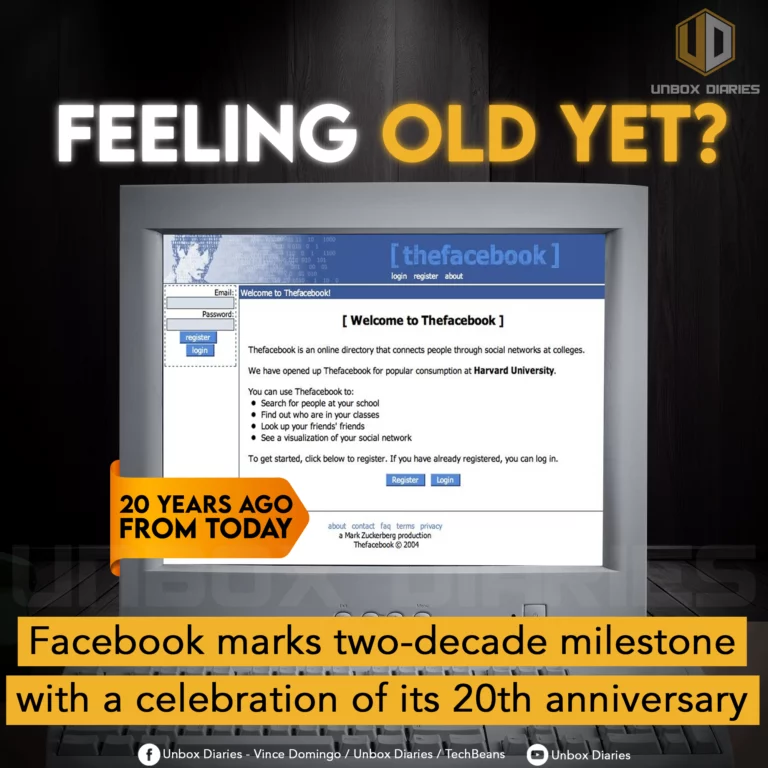Revealing its presence on February 4, 2004, the birth of the social media giant Facebook was an unforeseen chapter in the world’s digital narrative. Developed by Mark Zuckerberg during his time at Harvard, the initial iteration, known as Facemash, sought to evaluate the attractiveness of university students.

Despite its swift shutdown for policy violations, the platform sparked intrigue as 450 individuals engaged within its two-day existence.
In January 2004, Zuckerberg registered the URL http://www.thefacebook.com, launching the platform on its official birthday, February 4, 2004. Initially limited to Harvard, it enabled students to share personal photographs and information, a far cry from its current form, as described by Britannica. During this era, Myspace was the leading social media network.
The wildfire-like spread of Facebook’s popularity saw invitations extended to students at other prestigious institutions such as Yale and Stanford. By June 2004, students from 34 schools had joined the platform. The end of that year marked a significant milestone with 1 million active users, although certain features, like photo tagging, were yet to be introduced until 2005.
In its early stage, Facebook, or TheFacebook, exhibited a database-like appearance, cramming as many personal details as possible into its space. Over time, the platform underwent transformative redesigns and introduced new features. Newsfeeds, allowing users to view others’ statuses without navigating to their profile pages, represented a pivotal moment in Facebook’s evolution.
Nearly two decades later, the rest is etched into social media history, as Facebook stands as a testament to the dynamic evolution of digital platforms.















